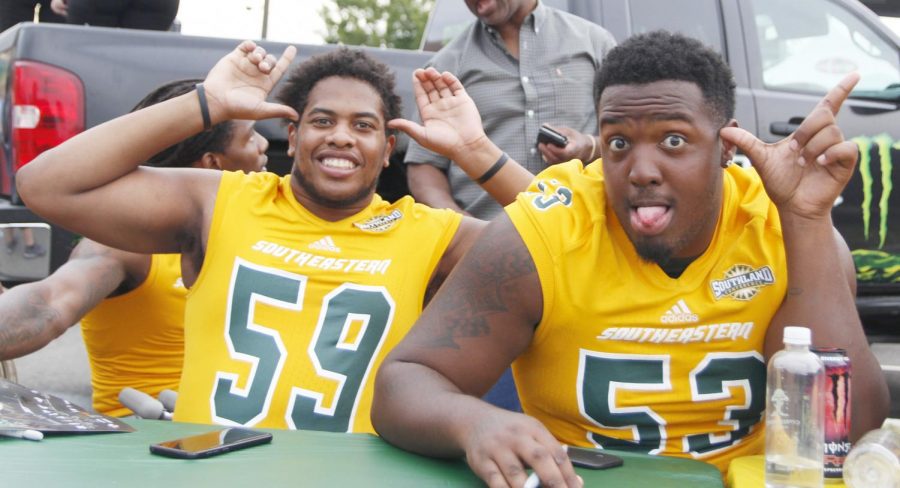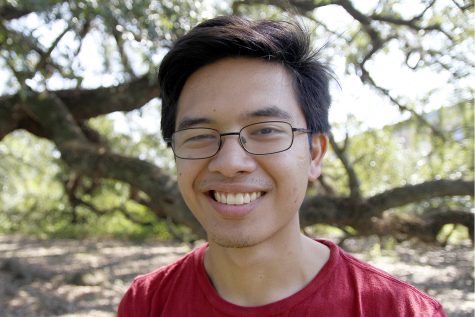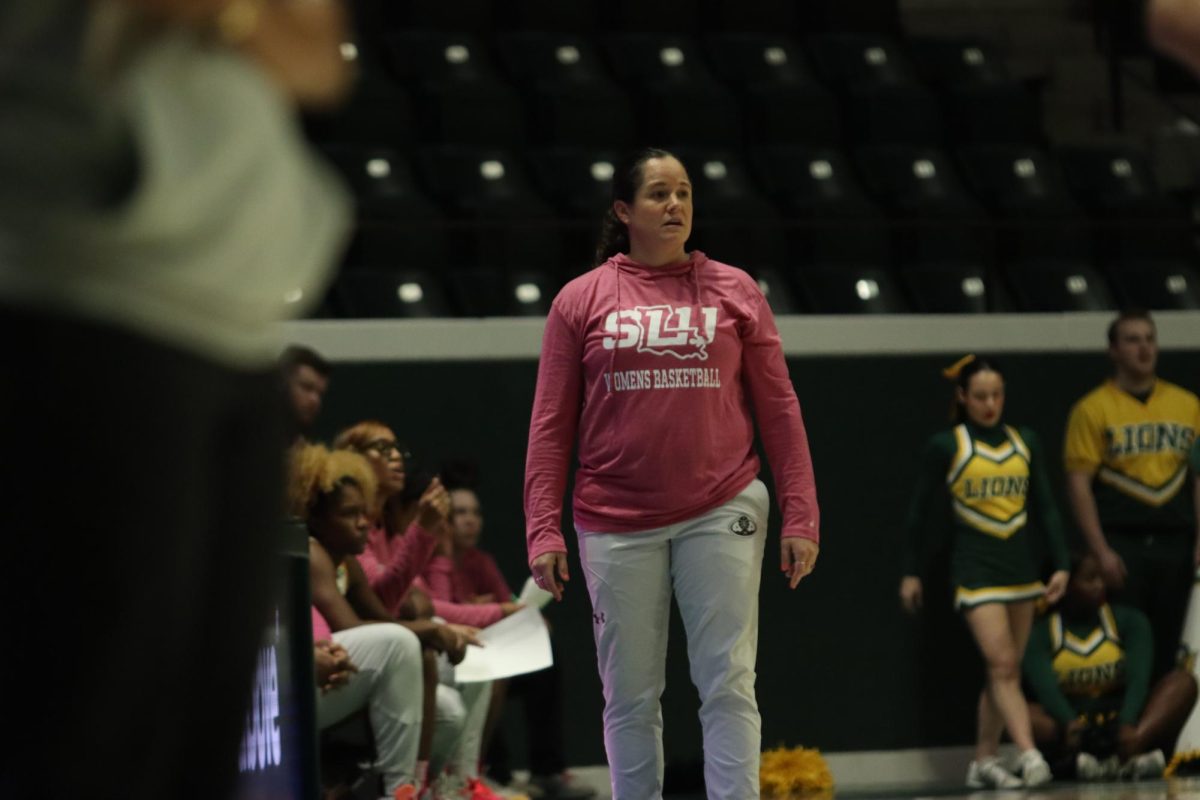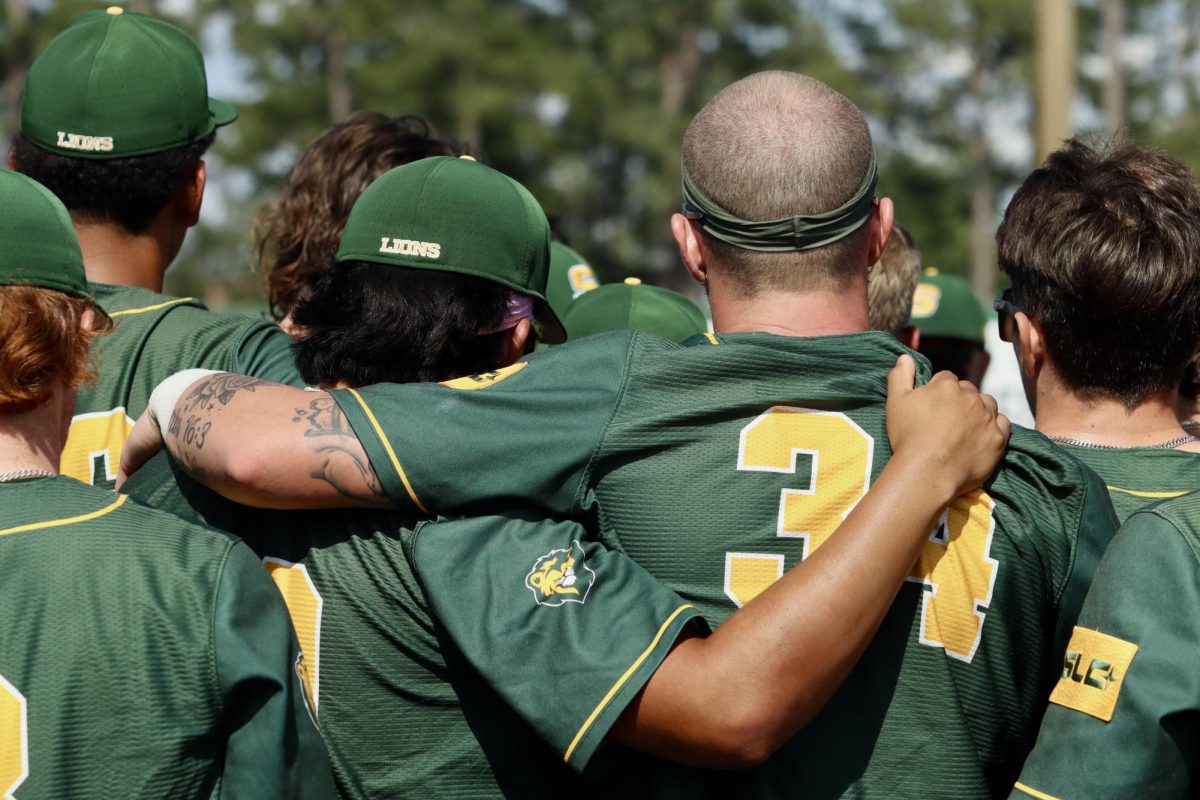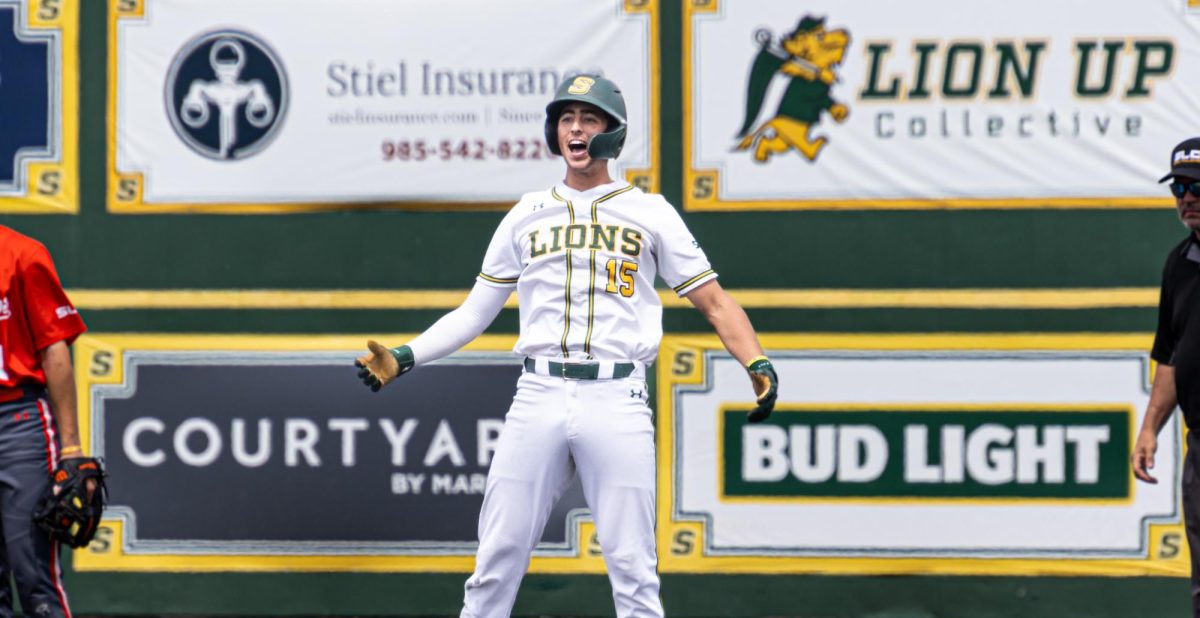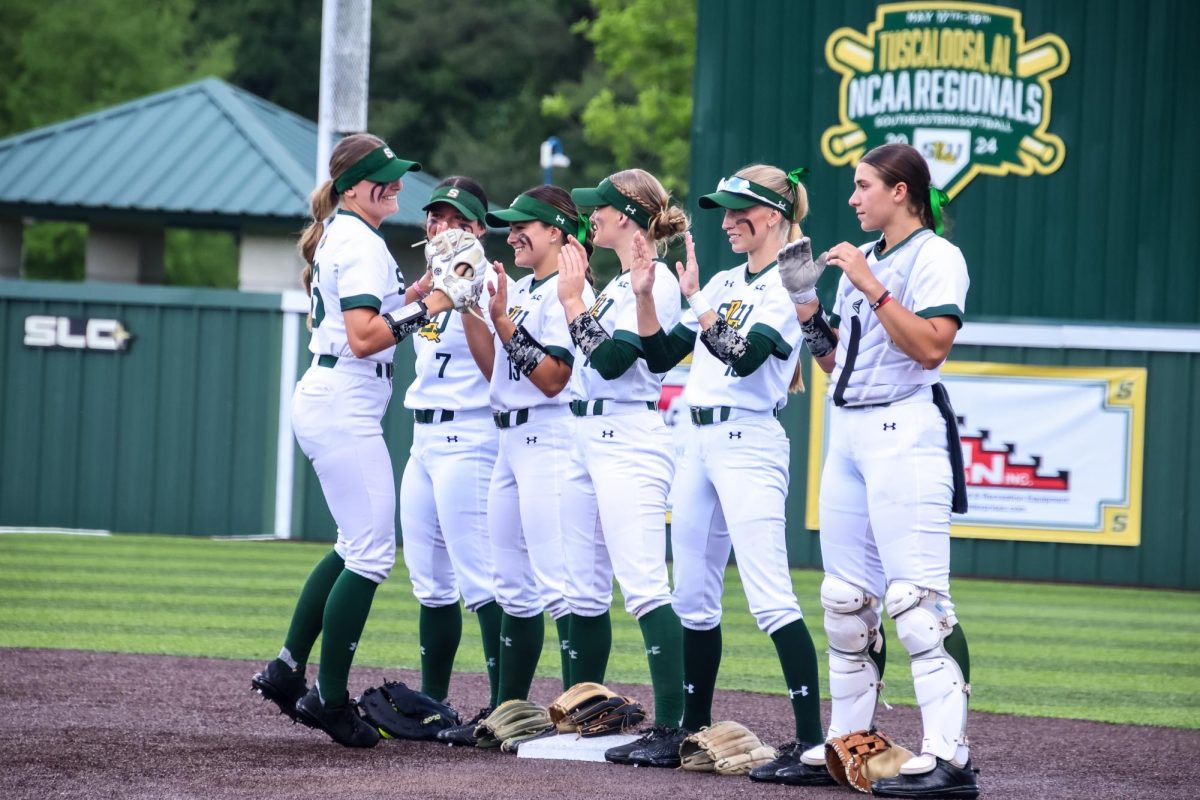In over a decade, the relationship between Lions football and the community began to grow again.
In 1985, the football program was discontinued and entered an 18-year hiatus.
Ken Kenelly, a 1975 alumnus, played on the Lions football team 1970-73 and later coached the team. He experienced the shift when the football program ended.
“The former athletes and supporters pretty much disassociated themselves from Southeastern,” shared Kenelly. “As far as I know, most of the athletes never stepped foot back on the campus again, quit giving money, quit giving donations, pretty much lost all or the majority of the support for the program.”
Larry Hymel, alumni athletic coordinator, discussed the impact of the football hiatus.
“We lost a generation and a half during the hiatus of football,” stated Hymel. “That takes a while to rebuild, and although it’s been 15 years, it still hasn’t come back. Along with television, there are many more distractions such as fall activities for children, grandchildren – soccer, travel baseball and softball, etc.”
According to Kenelly, fundraising and enrollment both dropped when the football program was discontinued but rose again when the program was reinstated. The return of the program saw benefits for both the university and the community.
In a study, the Southeastern Business Research Center estimated that two post-season NCAA playoff games held in Hammond in 2013 had a total economic impact of over $835,000. The estimated spending by all visitors for the first game was approximately $363,000, and for the second game, total spending was $282,704. The largest category for each game was eating and drinking.
“You look at the economic impact a football program has on its community, and it’s easy to see one of the glaring benefits,” explained Jay Artigues, director of athletics. “A college football program also is a big way to engage its alumni base as well as its community.”
Artigues discussed athletics’ relationship with the Hammond community.
“We have a special thing here at Southeastern,” said Artigues. “You can’t talk about Southeastern without mentioning Hammond. It’s a special bond, a unique bond that separates us in a positive way from other universities. Hammond, America comes alive for football weekends for sure.”
Though Hymel sees community support building, he believes the program does not stand in the same place as before the hiatus.
“People are going to naturally drift to family-sports activities no matter how loyal and dedicated they have been to Southeastern,” shared Hymel. “The stadium used to be filled in the ‘60s, ‘70s, but now students have other choices, and there are no Friday or Saturday classes. So, some leave on Thursday and don’t return until Monday. We live in a different era now with many more distractions than back then.”
Despite the loss of support over the hiatus, Artigues indicated what the experience has proved.
“Looking at the positive, it showed how passionate people were about bringing football back to SLU,” stated Artigues. “The toughest part of not having football for that many years is it really affected our alumni during that tenure.”
Kenelly discussed the community’s response when Dr. Sally Clausen, former university president, announced the return of the football program in 2003.
“There was a lot of support from alumni, from former athletes and players, from supporters, just seemed to generate a buzz in the community, and I think it’s still growing today,” said Kenelly. “I think having the program gives Southeastern a sense of belonging. To be able to compete in national championships in football has a great impact on the support Southeastern gets as a whole.”


